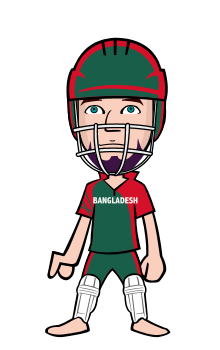Banking in Bangladesh covers the nature of banking since Bangladesh was a part of former British colony of India. In Bangladesh Dhaka Bank was founded in 1806. Banks established in this region during the British period include Kurigram Bank (1887), Kumarkhali Bank (1896), Mahalaxmi Bank, Chittagong bank(1910), Dinajpur Bank(1914), Comilla Banking Corporation (1914) and Comilla Union Bank (1922). Financial institutions are the backbone of the Bangladeshi economy. Most of the private and government banks generate revenue in a variety of different ways including interest, transaction fees and financial advice.
In Bangladesh almost every government and private banks offer many different channels to access their banking and other services:
i. Automated Teller Machines
ii. A branch is a retail location
iii. Call center
iv. Mail, most banks accept cheque deposits via mail and use mail to communicate to their customers
v. Mobile banking, is a method of using one's mobile phone to conduct banking transactions
vi. Online banking, performs multiple transactions, payments etc. over the Internet
Bangladesh is a third world country with an under developed banking system, particularly in terms of the services and customer care provided by the government run banks. Recently the private banks are trying to imitate the banking structure of the more developed countries, but this attempt is often foiled by inexpert or politically motivated government policies executed by the central bank of Bangladesh, Bangladesh Bank. The outcome is a banking system fostering corruption and illegal monetary activities/laundering etc. by the politically powerful and criminals, while at the same time making the attainment of services or the performance of international transactions difficult for the ordinary citizens, students studying abroad or through distance learning, general customers etc..
Every public and private have a structural network of institutions that offer financial services within a country. Almost every government and private banks borrow money by accepting funds deposited on current accounts, by accepting term deposits, and by issuing debt securities such as banknotes and bonds. Banks lend money by making advances to customers on current accounts, by making installment loans, by investing in marketable debt securities and other forms of money lending.
A Comparative Study on Institutional Services of Public and Private Banks
Posted on at



